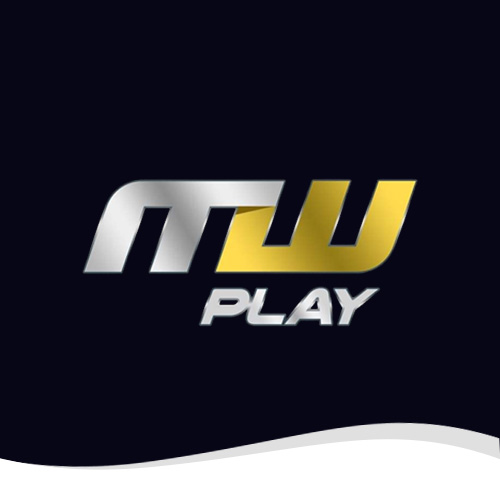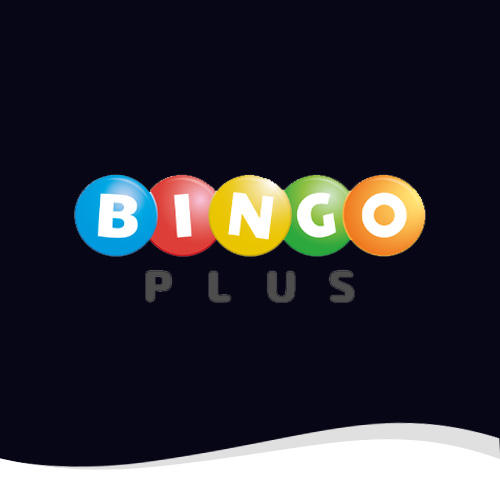Title: Exploring the Freedom of Creativity: Embracing Flexibility in Suggestions
In a world that thrives on routine and structure, the concept of creativity often feels stifled by the demands of conformity. However, embracing the freedom to tweak suggestions, ideas, or plans can enhance our ability to innovate and express ourselves. This article explores the value of flexibility in creative processes, highlighting its pros and cons, and addressing some frequently asked questions about this liberating approach.
The Importance of Flexibility in Creativity
Creativity often arises from the intersection of various influences, experiences, and ideas. When individuals are allowed to modify existing suggestions, they can foster more personalized, unique, and culturally relevant outcomes. The beauty of creativity lies in its diversity, and allowing adaptations enables broader perspectives and richer experiences.
Flexibility encourages individuals to explore new avenues, challenge conventional thinking, and make meaningful adjustments based on their preferences or the needs of their audience. This results in an artistic expression that resonates more deeply with the creator and the audience alike.
Pros of Tweaking Suggestions
-
Customization: The ability to modify suggestions allows for a personalized approach that aligns better with an individual’s values, experiences, or goals. Customization results in more relevant and engaging outputs.
-
Innovation: Tweaking existing ideas can lead to breakthrough innovations. By playing with suggestions, creators may discover new pathways or solutions that would have otherwise gone unnoticed.
-
Increased Engagement: When creators align their work with their true interests or the preferences of their audience, engagement levels rise. Both creators and consumers feel more connected to the final product.
-
Embracing Diversity: Each person brings a unique perspective shaped by their background and experiences. Allowing for modifications encourages a richer tapestry of ideas and solutions, celebrating diversity in thought.
- Adaptive Learning: Tweaking suggestions fosters a growth mindset. Individuals become more adept at integrating feedback, learning from mistakes, and continually refining their creative processes.
Cons of Tweaking Suggestions
-
Loss of Original Intent: In some cases, modifying suggestions can stray too far from the original idea, potentially losing essential elements that made it valuable initially.
-
Analysis Paralysis: The freedom to tweak can sometimes lead to overthinking. Rather than making decisions, individuals may become stuck in a cycle of alterations, hindering productivity.
-
Dilution of Quality: While creativity flourishes with flexibility, constant modifications can sometimes lead to diluted ideas or a loss of coherence. It’s crucial to strike a balance between adaptation and maintaining the original intention.
-
Subjectivity: What may resonate with one individual might not hold the same value for another. Different interpretations can lead to misunderstandings and misalignment, affecting outcomes.
- Time-Consuming: The process of tweaking suggestions can be time-intensive, especially when individuals are overly meticulous about every small detail. This could lead to inefficiencies in moving projects forward.
Striking the Right Balance
Creativity thrives in a balancing act between originality and adaptation. To maximize the benefits of tweaking suggestions while mitigating the downsides, it’s essential to establish a framework for innovation that fosters creativity without compromising on vision.
-
Establish Clear Goals: Before modifying suggestions, clarify the objectives. Understanding the end goal helps maintain focus while exploring creative liberties.
-
Iterative Feedback: Engage with peers or mentors throughout the process. Soliciting diverse viewpoints while allowing flexibility can mitigate risks tied to subjectivity.
-
Time Constraints: While flexibility is valuable, setting time limits for revision phases can prevent analysis paralysis, promoting a healthy pace.
-
Incorporate Constraints: Sometimes, imposing specific guidelines can encourage more focused creativity. Constraints can spur innovative outcomes rather than inhibit them.
- Stay Grounded: Regularly return to the core message or intent underlying a suggestion to ensure that modifications align with the original vision.
FAQs
Q: How do I identify which suggestions to tweak?
A: Start by evaluating the suggestions that resonate most with your interests and goals. Focus on those that you feel a personal connection with, or where you see potential for improvement.
Q: What if I don’t know how to tweak the suggestion?
A: Begin by reflecting on what you like or dislike about the original suggestion. Consider how you would have approached it differently. Gathering feedback from peers can also spark ideas for appropriate adjustments.
Q: How can I ensure my tweaks add value to the original suggestion?
A: To add value, ask yourself how your modifications enhance the core message or functionality of the suggestion. Ensure that any changes contribute positively rather than detract from the original idea.
Q: Is there a point where I should stop tweaking?
A: Yes, when you begin to feel that your revisions are becoming excessive or repetitive, it’s often a signal to stop. If your changes align with your goals and resonate well, it’s a good time to move forward with implementation.
Q: Can flexibility in creativity lead to inconsistency?
A: It depends on how you approach the process. Flexibility can lead to inconsistency if changes are made haphazardly. However, with a clear vision and effective feedback, tweaking can enhance consistency across iterations.
Conclusion
The freedom to tweak suggestions opens the door to a world of creativity, where innovation, personalization, and diversity can flourish. By understanding the pros and cons of this approach, individuals can navigate the delicate balance between adaptation and maintaining coherence in their creative endeavors. In a society that encourages conformity, embracing the flexibility to modify suggestions not only nurtures creativity but also fosters a culture of critical thinking and collaboration. Through adaptability, we pave the way for authentic expression and groundbreaking ideas.













